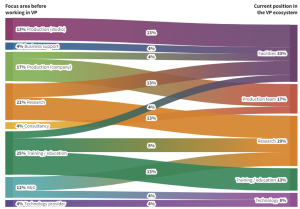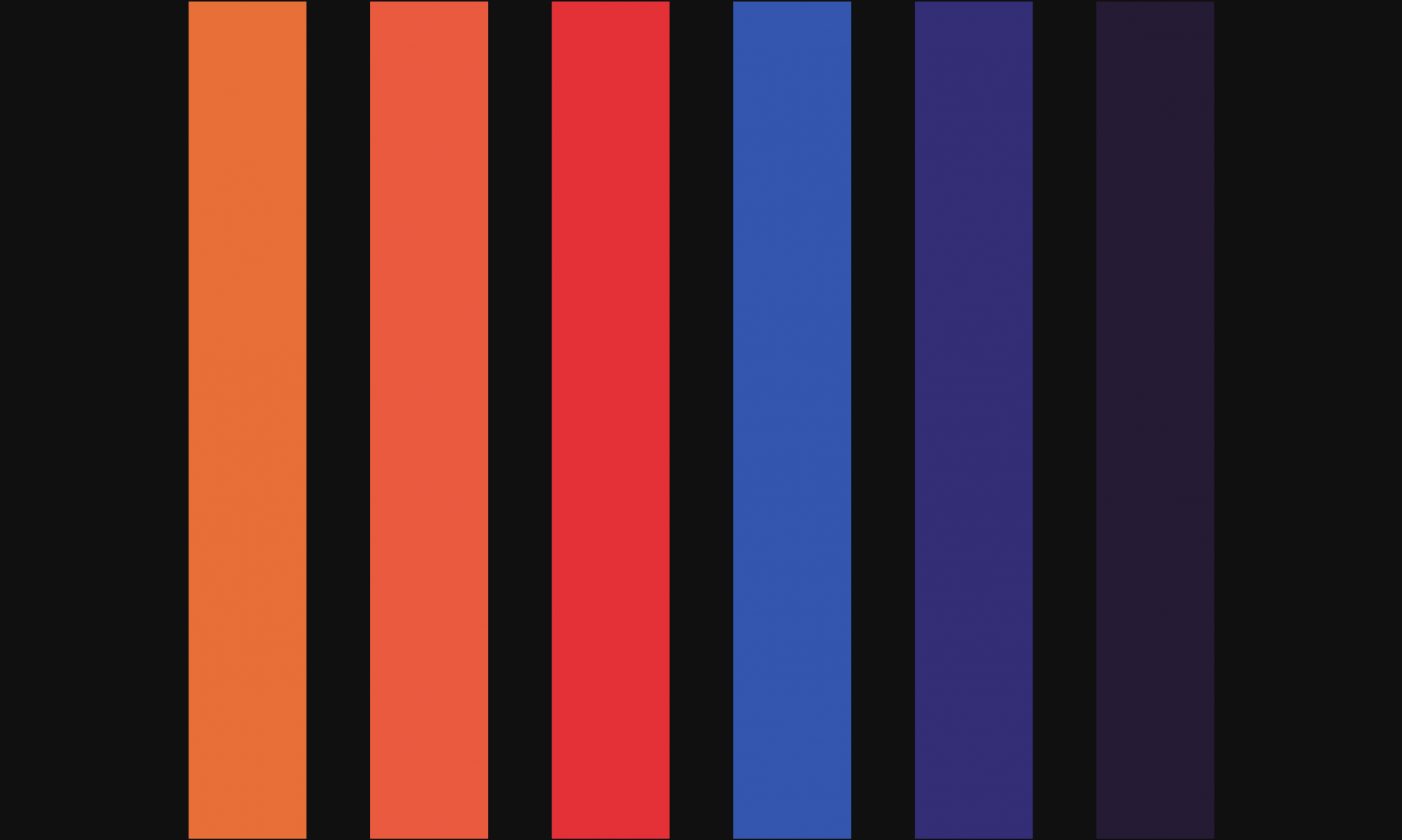
The adoption and deployment of advanced technologies into creative production and consumption is a core theme of CRAIC’s work.
The creative industries have long used a broad range of technologies to produce and distribute content, and to attract and entertain audiences. There are however a set of emerging technologies which are disrupting the traditional methods of production, distribution, and consumption of creative products – notably immersive technologies (Augmented, Virtual, and Extended Reality), Artificial Intelligence and Machine Learning, Cloud Technology, and 5G.
Our first foray into this area in 2021 was to develop a Creative Technologies Framework, developed with Conor Roche at BOP Consulting.
Since then, CRAIC has supported two major projects:
- An in-depth study into three projects utilising advanced creative technologies, completed in January 2023, and available to download here.
- And a longer piece of work – which is ongoing – which aims to map the Virtual Production eco-system.
Virtual production is a way of describing a range of new production workflows and processes across TV, Film, Games, Performance and other sectors which make use of digital, spatial and other technologies. It can be defined as the use of real-time game engines and performance technologies to create a (primarily) film production process which brings together development, pre-production, production, and post-production.
In May 2022, CRAIC was funded by the Screen Industries Growth Network – a Research England fund administered by the University of York – to undertake a scoping study to create a framework which might enable the mapping of virtual production assets across the UK.
The aim of the project was to create a framework for assessing where in the value chain such assets are positioned. It was intended to map the landscape in terms such as geography, capacities, functions and technology readiness, using the Technology Readiness Levels (TRLs) framework that is familiar in R&D literature. As a short piece of work, operating across a rapidly changing set of creative technology practices post-pandemic, the ‘map’ or ‘maps’ created were intended to be snapshots of a dynamic landscape; and the more substantial outcome of the work would be the creation of a Framework for future study.
The first phase report enabled the development of a VP Capabilites Framework, and can be downloaded here.
The second phase of the study – undertaken between October 2022 and February 2023 – sought to map the emerging VP eco-system, based on that Capabilities Framework generated in Phase 1, undertaking an extensive survey of VP assets across the UK.

The survey generated some fascinating findings about the emerging landscape for this important new production process, which will be explored further over coming months.
The Phase 2 report can be downloaded here.

